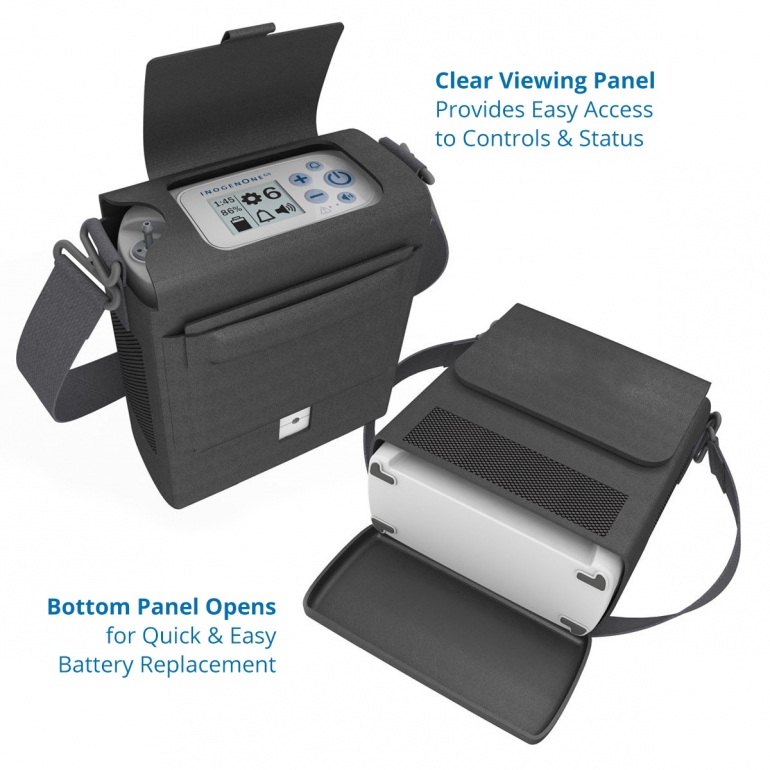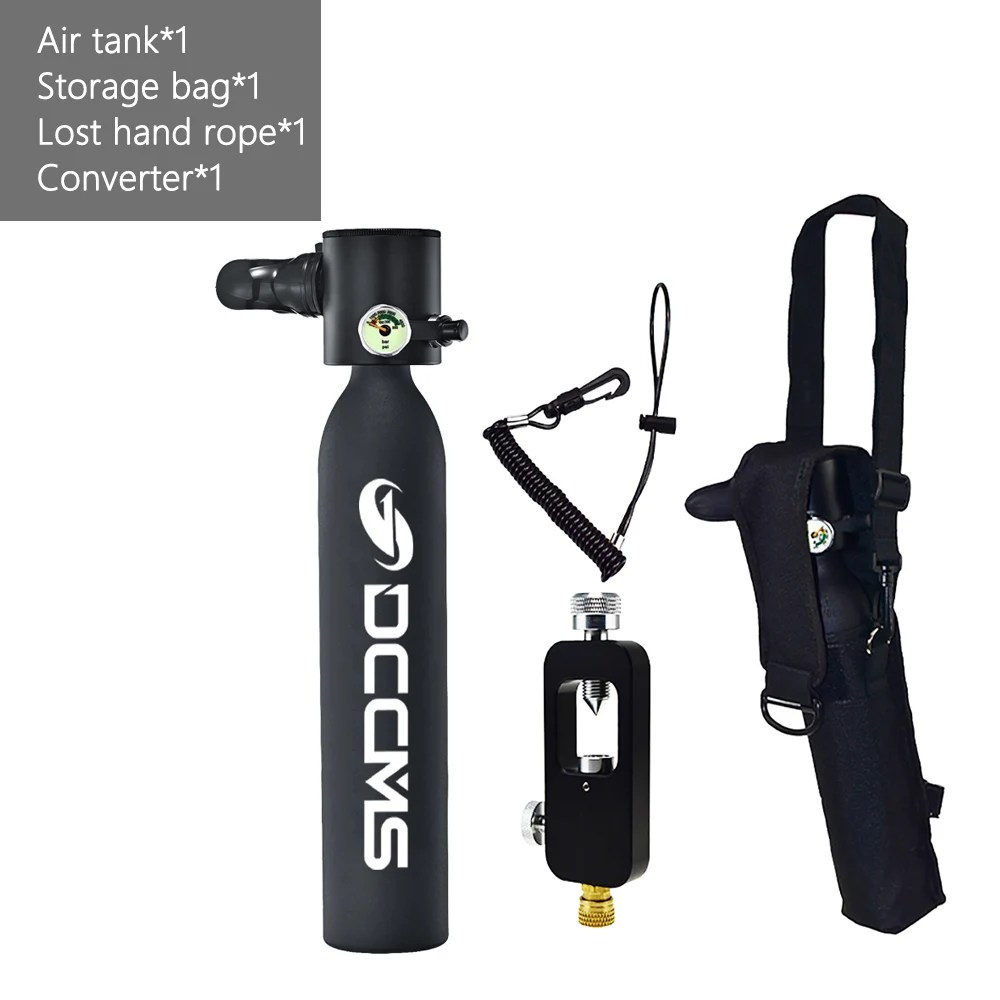The 45-Second Trick For Oxygen Tanks
Wiki Article
10 Simple Techniques For Oxygen Tanks
Table of ContentsTop Guidelines Of Oxygen TanksOur Oxygen Tanks StatementsOxygen Tanks Fundamentals ExplainedOxygen Tanks for BeginnersSome Known Incorrect Statements About Oxygen Tanks The 5-Second Trick For Oxygen Tanks
is a kind of gas that is generated as well as utilized to produce a range of products. Manufacturing, welding, and also cleansing are all examples of these sorts of activities. Clinical oxygen is utilized for certain functions, whereas industrial oxygen is used for a selection of functions. People who are not able to give their very own oxygen will gain from oxygen therapy - oxygen tanks.We inhale oxygen, which is a gas in the air. They might likewise need oxygen treatment or extra oxygen if they require it.
You can acquire accessibility to the oxygen you need by making use of a CPAP device. What are the threats of not giving oxygen to a person?
Examine This Report on Oxygen Tanks
If you have any concerns, provide us a telephone call. We also have ready-to-go-systems so you don't need to fret regarding your tools not connecting. For built-in systems to connect to an EDS system, an inline, lowering regulator is required. This links to the onboard oxygen supply and also decreases the pressure to ensure that it satisfies the pressure needs of the EDS.Obtain the current regulative details, certification information as well as special discount rates!
Placing patients on oxygen is one of the most basic and also most reliable interventions utilized to support a substantial number of medical issues. This area will assess the different devices used to provide as well as transport oxygen and exactly how you may choose one over the various other based upon person discussion. Mobile oxygen cylinders are the most usual kind of oxygen available in the area.
The Of Oxygen Tanks
The oxygen cylinders developed for clinical use are designed to enable only medical-grade regulatory authorities to be affixed-- and just in one configuration. The impressions on the cyndrical tube pair up with pins on the regulatory authority as well as enable smooth as well as tight link when protected to the cyndrical tube To link a regulatory authority to a cyndrical tube; If present, remove the plastic cap on the cylinder.Line up the pins as well as indentations existing on the cyndrical tube as well as regulator. Protect the screw mechanism on the regulatory authority until it is limited and there is no movement in between the regulator and cylinder. See to it the regulatory authority remains in the off placement, take the oxygen-cylinder wrench and also turn the cylinder on, then quickly transform it back off.
If no escaping air is observed, turn the cylinder back on and also evaluate the regulator by transforming it to a picked flow price. The stress indicator on the regulator reveals the inner stress of visit this page the oxygen cyndrical tube. Always make certain to safeguard set up oxygen cylinders in any way times and do not leave them unsupported in upright settings where they can fall.
All about Oxygen Tanks
Oxygen is very combustible as well as must never ever be made use of or stored near an open fire. The main oxygen distribution tools that you will run into are the,, and.The NC ought to be put on the individual with the prongs bending up right into the nares, the tubing covered over the individual's ears (or protected to the tubing holders on a C-collar), and afterwards tightened up to the chin with the gliding system. Make sure to attach the various other end of the tubes to the oxygen regulatory authority as well as set the wanted circulation rate.

Some Known Details About Oxygen Tanks
They have the benefit of delivering nearly 100% Fi, O2; this is commonly reduced as a result of the variable fit of the mask on the patient's face. To place an NRB on a client, initially, connect the tubing to the oxygen regulator and turn up the circulation to the wanted price (at a minimum of 10 LPM).
This is a means of creating an intermediate distribution approach in between the NRB as well as the nasal cannula in rescues that do not carry facemasks alone. The indicators and also contraindications are otherwise the very same as for NRB masks, as are the difficulties. The procedure for putting a partial NRB coincides as the placement of an NRB, with the elimination of one of the inner flaps which permits exhalation of run out CO2.
The Only Guide to Oxygen Tanks
Next, eliminate among the bands from the mask and also safeguard it around the posterior neck of the patient connecting it back to the side it belongs. Area the mask over the air passage as well as safeguard the mask snuggly to the individual. Tracheostomy masks are consider this the same point as an NRB just important site for individuals that have a tracheostomy-- and also are shown in individuals with a tracheostomy that call for supplemental oxygen.of tracheostomy masks consist of inflammation of the tracheostomy website, dryness of the mucous membranes, and retention of CO2. Get rid of the band from one side and place the mask over the stoma. Safeguard the band around the person's posterior neck and also reconnect to the various other side of the mask. Connect the opposite end of the tubing to the oxygen regulatory authority.
Report this wiki page